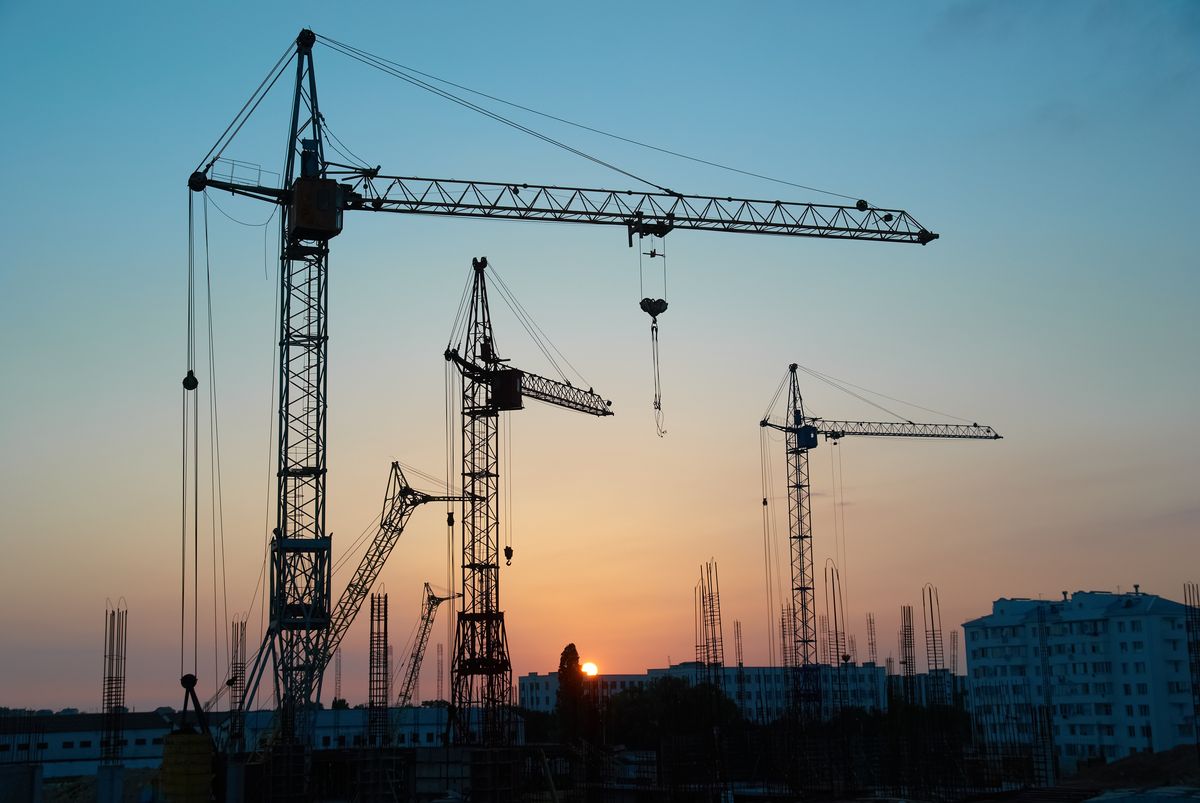In construction, every missed number has consequences. Budget overruns, scheduling delays, and scope creep often stem from one core issue—poor estimation.
As professionals in construction estimation services, we know the numbers don’t lie. The world’s biggest projects have shown time and again: accurate cost and quantity takeoffs are not optional—they’re critical.
Here are five major construction projects and what they taught us about planning, execution, and the real cost of getting estimates wrong.
1. The Big Dig (Boston, USA)
Lesson: Underestimating costs is a recipe for disaster.
Originally budgeted at $2.8 billion, the Big Dig ended up costing over $14.6 billion. From unexpected soil conditions to scope expansion, it became a cautionary tale in civil engineering.
Estimation failure points:
Incomplete risk analysis
Vague scopes in early budgeting
Underestimated contractor costs
Takeaway for estimators:
Start with comprehensive cost modeling and factor in contingency early. You can’t manage what you haven’t measured.
2. Burj Khalifa (Dubai, UAE)
Lesson: Complex projects demand precision from day one.
The Burj Khalifa’s success came down to expert coordination and advanced planning—including estimation at every phase.
Estimation success factors:
Real-time updates to estimates based on design evolution
Accurate quantity takeoffs for specialized materials
Proactive risk and cost forecasting
Takeaway for estimators:
On mega projects, early-stage estimates must evolve with the design. Use digital tools like BIM to keep numbers in sync with reality.
3. Berlin Brandenburg Airport (Germany)
Lesson: Missed estimates can stall projects for years.
With nearly a decade of delays, this airport became infamous for cost mismanagement and underestimated complexity.
Estimation gaps:
Failure to estimate cost of compliance (e.g., fire safety systems)
Design changes not reflected in updated budgets
Poor scope definition
Takeaway for estimators:
Build flexibility into your estimates. Expect change and reprice quickly when scope shifts.
4. Crossrail (London, UK)
Lesson: Integration costs are easy to miss—but expensive to fix.
Crossrail, now the Elizabeth Line, saw massive delays and overspend due in part to poor estimation of integration challenges.
Estimation missteps:
Systems and civils were estimated in silos
Lack of allowance for commissioning delays
Incomplete quantity surveying on underground works
Takeaway for estimators:
Get everyone on the same page—technical and civil teams must align their cost expectations from the start.
5. Shanghai Tower (China)
Lesson: Estimation and sustainability can work together.
This LEED-certified skyscraper was completed efficiently with a focus on smart systems and sustainable design—because it was estimated right.
Estimation strengths:
Lifecycle costing for energy systems
Lean construction modeling with accurate takeoffs
Clear alignment between architects, engineers, and estimators
Takeaway for estimators:
Green buildings need forward-thinking estimates. Don’t just price materials—model performance and long-term savings too.
Final thoughts:
Every large project teaches a version of the same lesson: underestimate at your own risk.
For construction firms, developers, and contractors, working with a dedicated estimation service means fewer surprises, tighter budgets, and better outcomes.




